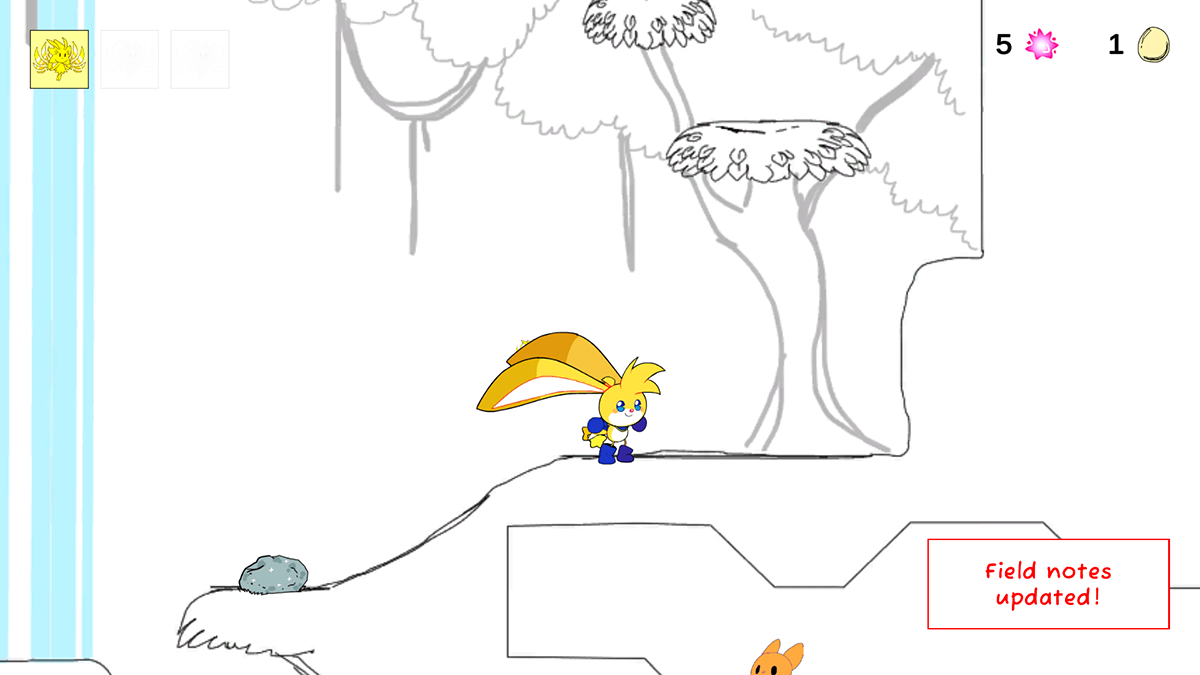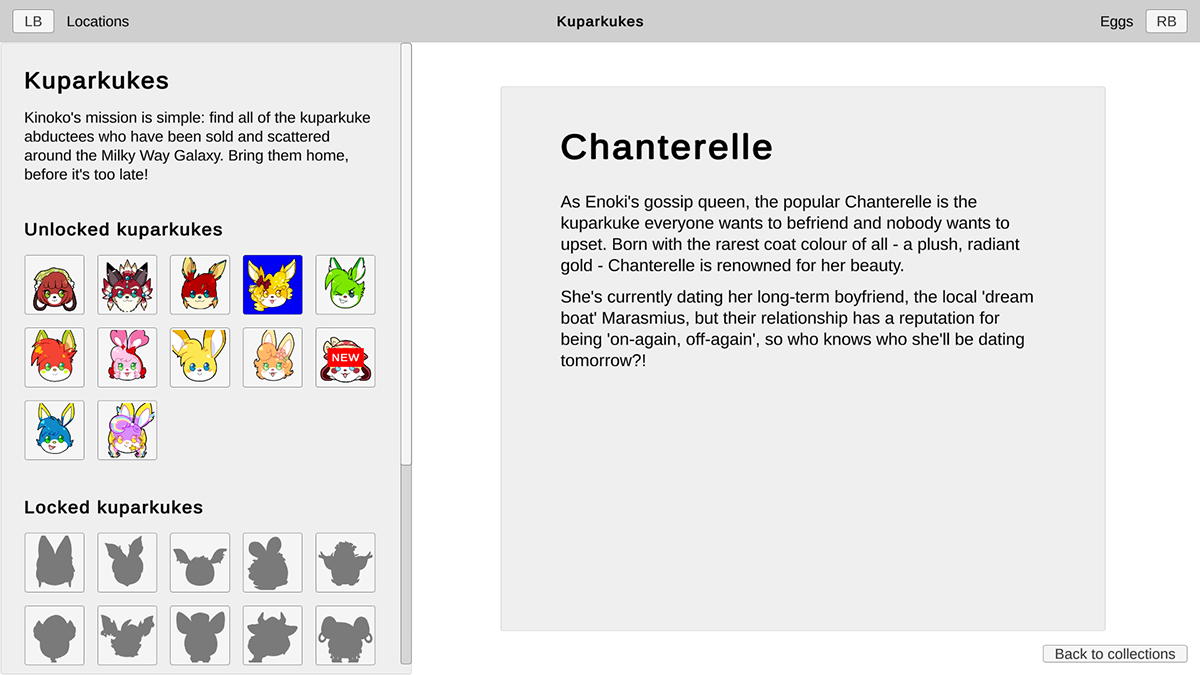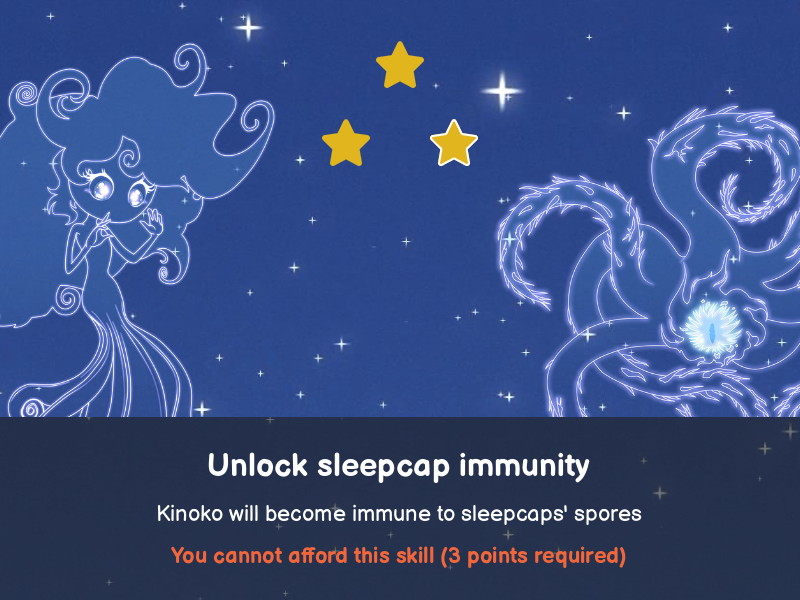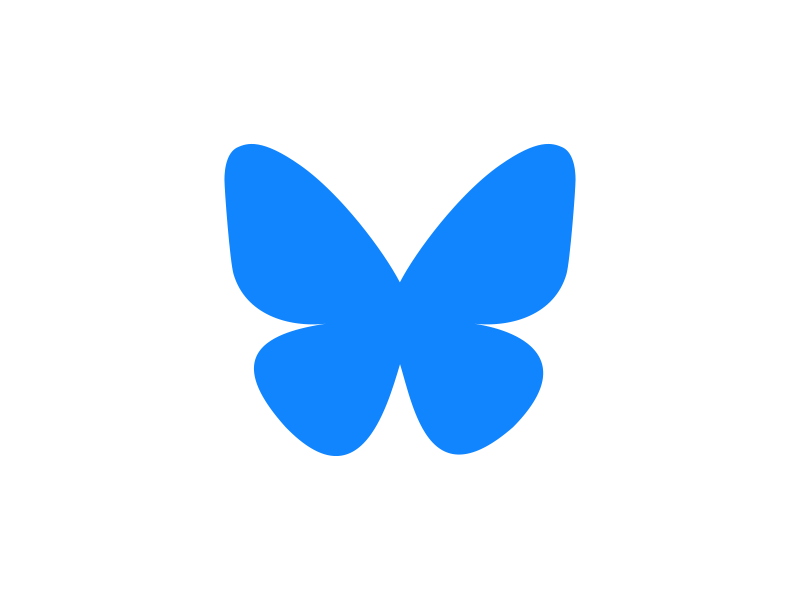Collectables
Published by James on 11/03/2023A couple of blog posts ago, at the end of January, we talked about rescuing kuparkukes in our game. We’re in March now, and – since that earlier post – we’ve made a lot of progress on expanding that side of the game and developing these ideas into a complete collectables system. This week, that’s what we’re introducing!
Collectables are something that appear in many different kinds of games. In many games, collectables are fun. They might serve as a way of tracking and rewarding the player’s progress, or they might even be a fun diversion from the game’s primary campaign. I believe there are right and wrong ways to implement collectables in a game, and there’s a fine line between providing the player with that fun diversion, and boring them with pointless, grindy busywork. It’s very important to us that any collectables we introduce be the letter kind, and we’ve been thinking about that a lot whilst designing a system of our own.
Kuparkuke captives are but one of the things the player will be ‘collecting’ in our game. Eggs, which you might’ve seen Kinoko picking up in several of our older previews, are another. Enemy types will be considered ‘collected’ when the player defeats one of them for the first time, and locations will be ‘collected’ when the player first visits them. We’ll likely introduce other collectables as development goes on. For now, these are the four we’re running with!
As you can imagine, then, these collectables are something you’ll run into periodically as you work your way through the game. You’ll find some of them on the critical path, making them practically unmissable, whilst others will require a bit of exploration and/or puzzle-solving to find. You’ll know when you’ve collected something new, because the game will tell you. Whether or not you care about them is your business, but we’ll certainly be doing what we can to encourage you to keep an eye out for them and perhaps even get a taste for seeking them out!
Although Kinoko’s primary goal in the game is to rescue all the kuparkuke captives, it’ll be possible for you to complete the game without finding all of them. For the most part, game progression will be linked to hunting down and defeating the bosses, so – at least for you, the player – finding the kuparkukes is actually more like a secondary objective. You’re definitely going to have to find some of them, but you may not necessarily get all of them. Fret not, though, because the collectables system will be there to help you keep track of the kuparkukes you have and haven’t rescued.
We’ve spent the past month-and-a-bit adding a whole new user interface system to the game – currently called the ‘field notes’, although that’s subject to change – which you’ll be able to access, at least on keyboard, by pressing the ‘tab’ key. From here, you’ll be presented with several options, one of which will be ‘collections’. Drilling on through, you’ll then have buttons for each type of collection. By pressing one of those buttons, you’ll be able to view all the collectables you’ve unlocked for the corresponding collection.
(Don’t worry – once you’re inside a collection, you’ll be able to tab left and right into the other ones!)
Now, each collection will be divided into two sections: locked and unlocked. With a few specific exceptions, nearly every collectable in the game will be locked from the outset. In their locked states, collectables will be presented only as names, greyed out silhouettes, and vague hints as to where you can obtain them – but, once collected, they’ll be marked as ‘unlocked’, and you’ll be able to go back into the collections log for more information…
And this is where – especially if you’re a fan of lore – things get really interesting! For every collectable you unlock, you’ll uncover a whole new page of information about that thing you’ve just discovered. Every kuparkuke will have his or her own biography. Likewise, every egg, enemy, and location will also come complete with its own page full of interesting details. The game will even point out anything you’ve unlocked and haven’t read yet, so you’ll always be able to stay on top of all the information you’re receiving.
Not much of a reader? No problem! Reading this lore will, of course, be entirely optional. The main thing from a gaming point of view is that you’ll be able to use this handy interface to keep a check on all the things you’ve unlocked, and hopefully track down all the things you haven’t.
All in all, it might look like quite a small thing, but – from our perspective – collectables are one of the driving forces behind the rest of the game, and by framing it as a form of ‘field notes’ for Kinoko we’re able to go some way towards fulfilling the ‘exploration’ requirement of the game’s core design. Whether you deliberately set out to collect everything or not, you’ll be doing lots of it throughout the game, and you’ll be discovering lots along the way.
Hopefully, whether you’re a completionist who strives for 100% in every game you play, or someone who simply likes to race ahead towards the big finale, you’ll find something of use to you in our collections system!
Anyway, that’s all we’ve got for now. Although there are lots of improvements we can make in this area – and although it very clearly needs some visual reskinning – I’m ready to move onto something else for a while now. I haven’t quite decided for certain what direction I’m going to go in next, but I’ve been thinking about challenging myself to come up with – and prototype – a range of different enemy types. Watch this space!






